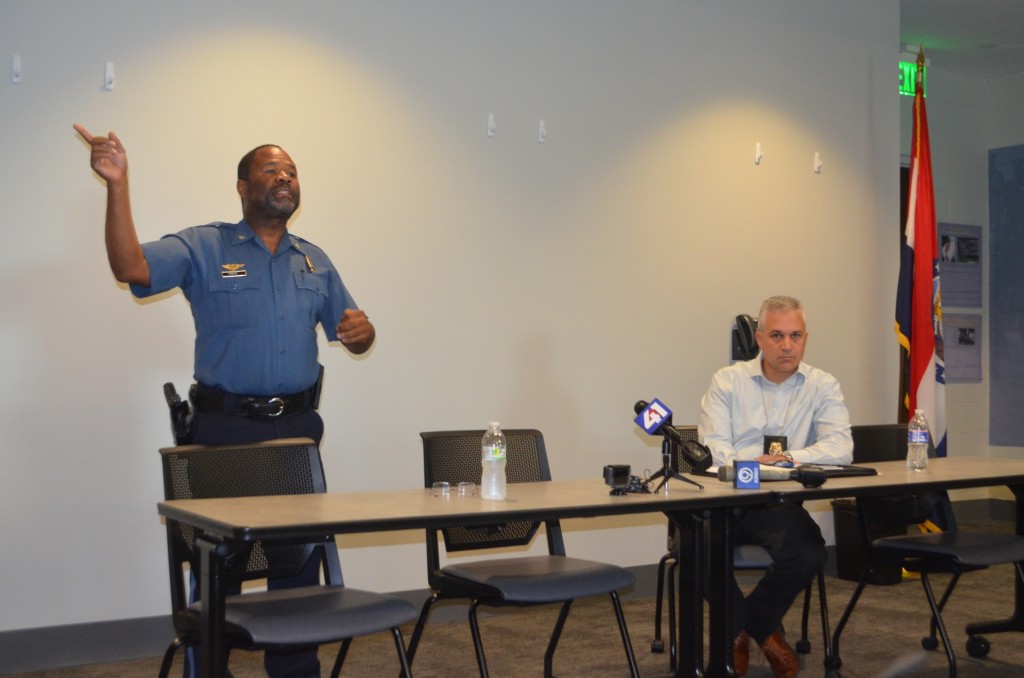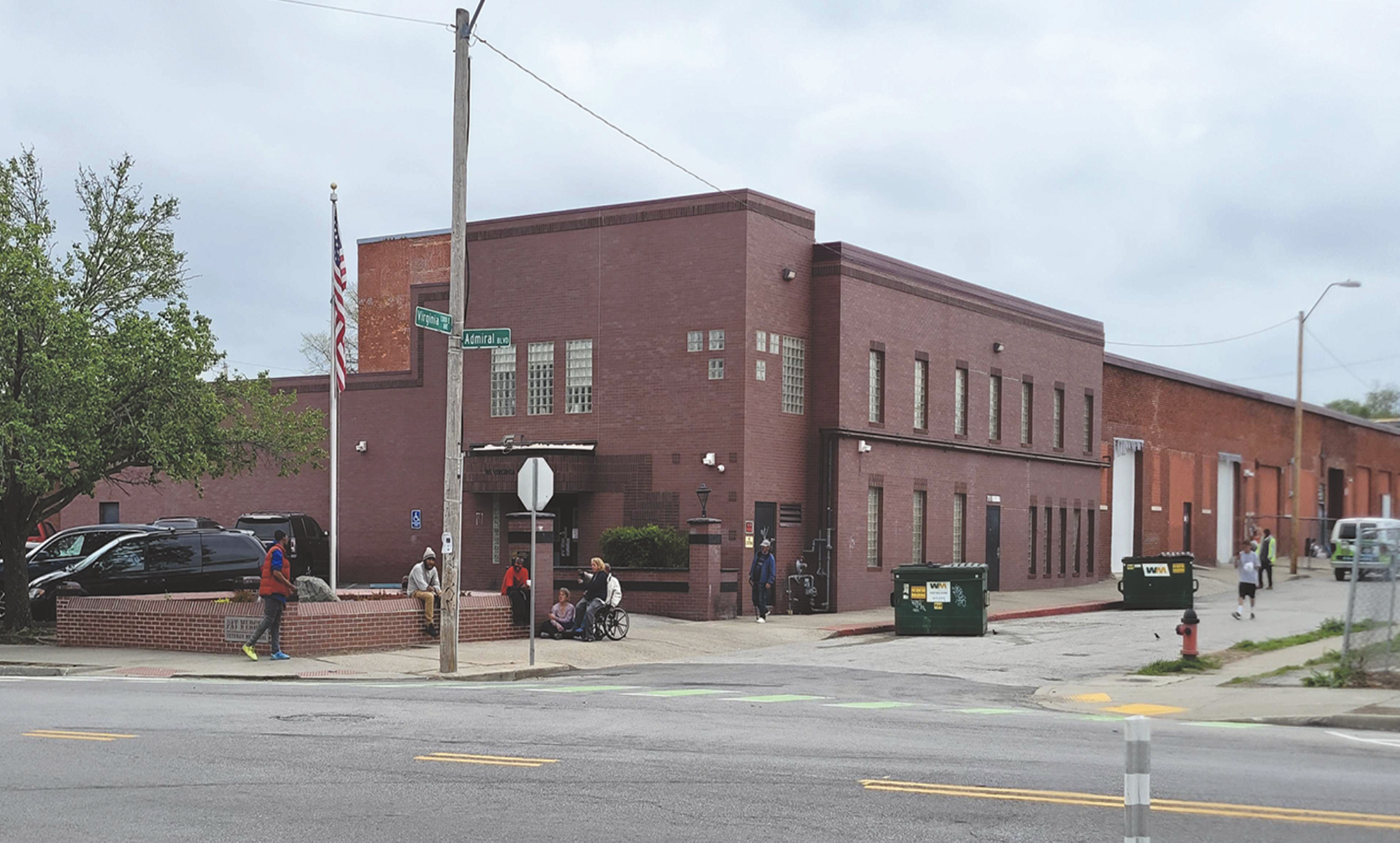
By Paul Thompson
Northeast News
August 20, 2016
KANSAS CITY, Missouri – KCPD Community Interaction Officers will soon be reassigned department-wide.
Kansas City, Missouri Chief of Police Darryl Forte made the decision to remove the title of CIO from six different officers in the Kansas City area last week. He elaborated on the change during a public meeting on Saturday, August 20 at East Patrol Division.
In an email sent to a group of community leaders in the early morning hours on Friday, August 19, Forte acknowledged the decision, indicating that the time was right to try something new.
“We’ve operated under the current CIO model for over 30 years,” wrote Forte. “If the transition to holding our dedicated staff to a higher level of responsibility and accountability is not successful we can certainly return to the old model.”
During the public meeting on August 20, Forte further explained the rationale behind the reassignment of the department’s Community Interaction Officers. In Forte’s eyes, communities aren’t losing a CIO; they are gaining multiple new CIO’s.
“Every single person should be responsive to you all in that sector,” said Forte. “You’re not losing a CIO, you’re gaining some other people.”
Forte added that he didn’t want to put the burden of an entire community on one police officer.
“How many police officers do you know? When they go on vacation and transfer out, then guess what? You’ve got to develop new relationships,” said Forte. “What if we had four or five people? Now if somebody leaves, guess what? You still have this connection.”
The Kansas City, Missouri Chief of Police was defiant during the meeting, and stood steadfastly behind his plan to reassign the department’s CIO’s. Although Forte acknowledged that he’d taken some heat for the unilateral nature of the decision, but he didn’t apologize for what he considered to be in the best interests of area citizens.
“I’m going to keep doing what I think is right for Kansas City,” said Forte. “Not for a piece of Kansas City, not for black Kansas City, not for white Kansas City; I’m doing what’s right for Kansas City, and again, I’m not going to apologize for it.”
“Sometimes when there’s change, there’s pain,” Forte added. “There’s going to be some pain, but just understand that I’m doing it for the right reasons.”
In the second half of the meeting, Forte opened the floor to attendees who had questions or comments regarding the change. Scarritt Renaissance Neighborhood Association President Leslie Caplan expressed her wish that the community had input into the decision. She described how a rotating roster of police officers used to come out to the neighborhood association’s meetings, before the area’s current Community Interaction Officer Greg Smith took over those duties. During those times, Caplan noted, communication breakdowns between the association and the police department were common.
“We have been down this road, and I’m not saying it’s not the answer. I’m just saying if you had engaged us, if you had talked with us, if you had heard our experience, if you had heard us tell you about the officers that roll their eyes when we talk about the police department, you would have heard all of those things,” said Caplan. “But you did not engage with us.”
Other attendees displayed faith in Chief Forte and his decision to reassign CIO’s. Jessie Johnson of Pendleton Heights expressed her own initial hesitancy to support the idea, and how her faith in the department gave her hope that the plan can work.
“To hear that the CIO is dissolving is troublesome to me, because it was nice to have that go-to person. Because of them, I’ve now formed relationships with police, and I know how to approach officers that I don’t know,” said Johnson. “I think it’s important that we move forward, it’s important that we think outside the box, and that we’re lucky here in Kansas City, Missouri to not have a police department that has to be investigated by the DOJ like Baltimore or Detroit.”
“Kudos to you for keeping this police department together and honest,” she added. “I think that the dissolving of the CIO is fine. Let’s try something new.”
Forte also laid out the timeline for the changes during the community meeting. He noted that he’s giving the department’s Division Commanders 90 days to implement a new way to deploy current Community Interaction Officers.
“This is the time for the shift,” said Forte. “This is something I told the board I was going to consider five years ago during my interview.”
On Friday, August 19, Major Joe McHale of East Patrol defended Forte’s decision to reassign CIO’s to new positions within the department.
“You’ve got a department that needs to engage the community, and everyone looks to the CIO as a conduit to do that,” said McHale. “In reality, it’s all of our jobs to do that.”
Specifically, McHale spoke about how he expects to keep Master Patrol Officer (MPO) Greg Smith involved after the change. Smith has served as East Patrol’s Community Interaction Officer since January 2016.
“He’s staying here; he’s still going to work for me,” McHale said. “Are you going to see more faces at community meetings? Absolutely. Is Greg going anywhere? No. I assure you, Greg is not going to go away. I’m going to utilize him in a lot of different ways.”
McHale went on to defend Forte’s decision to reassign the department’s Community Interaction Officers.
“It’s been part of his plan for a long time. I don’t think he woke up one day and decided to do it,” said McHale. “He’s been studying the activity of the CIOs for a couple of months. He knows what’s going on; he’s on the ball.”


















